Clearing the Fog: A Practical Guide to High-Impact Software Metrics in Software Engineering

A practical guide to moving from gut-feel to data-driven engineering leadership.

A practical guide to moving from gut-feel to data-driven engineering leadership.
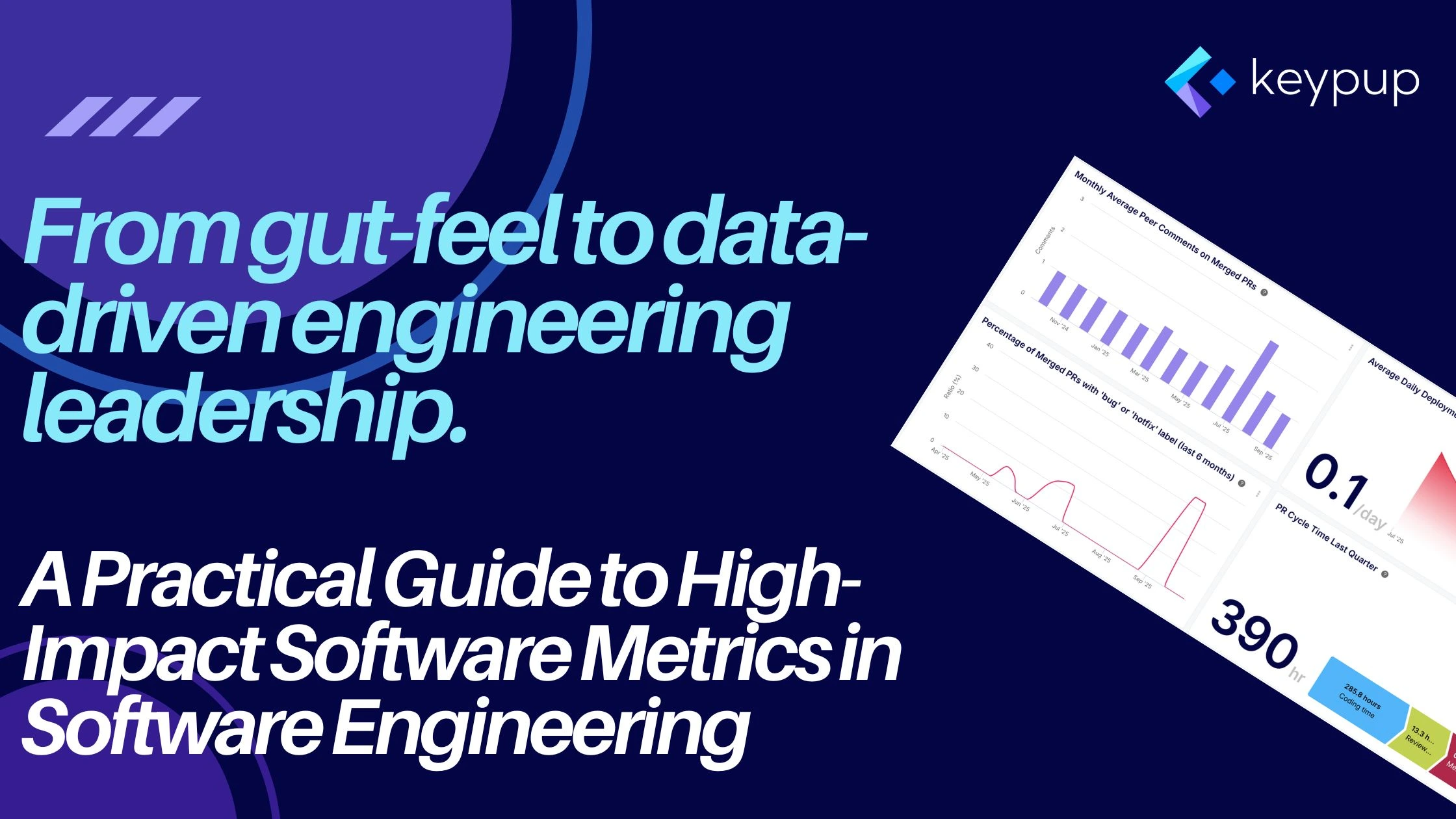
In the age of distributed teams and relentless delivery schedules, engineering leaders are often forced to manage in a fog. The traditional methods of gauging team performance—counting lines of code, tracking commit frequency, or relying on subjective "gut-feel"—are failing. They provide a distorted picture, creating a dangerous gap between perceived progress and actual value delivery. To navigate this new landscape effectively, leaders must adopt a more sophisticated, data-driven approach. The strategic use of meaningful software metrics in software engineering is no longer a luxury; it is the essential toolkit for building, scaling, and leading high-performing teams.
The fundamental challenge is not a lack of data, but a lack of unified insight. Your team's workflow is fragmented across a dozen specialized tools. Code lives in GitHub or GitLab; tasks and sprints are managed in Jira; deployments are handled by CI/CD pipelines. Each platform is a rich source of data, but in isolation, they tell an incomplete story. This is the visibility gap where bottlenecks hide, processes decay, and team frustrations grow.

For a long time, the focus of engineering metrics was squarely on the codebase itself. Tools like SonarQube became industry standard for a reason: they provide critical, automated static analysis to enforce code quality, find bugs, and identify security vulnerabilities. This is a vital part of the development process, ensuring the technical integrity of the product.
However, a clean codebase is not the same as an efficient development process. A team can produce technically flawless code but still be crippled by systemic issues: pull requests that languish for days, unpredictable QA cycles, or inefficient handoffs between stages. Relying solely on code quality metrics is like judging a factory's efficiency by only inspecting the final product, without ever looking at the assembly line itself. This is the critical evolution in modern software metrics in software engineering: the shift from analyzing the static artifact (the code) to analyzing the dynamic, end-to-end process (the workflow).
This is precisely the visibility gap that a dedicated software development analytics platform like Keypup is designed to close. Keypup acts as an intelligence layer that integrates with your entire toolchain—Git repositories, project management tools, and CI/CD pipelines—to harmonize your fragmented data into a single, cohesive source of truth.
By moving beyond simple code analysis, Keypup illuminates the entire development workflow, allowing leaders to stop guessing and start making data-informed decisions. It provides real-time, actionable insights into the metrics that truly define engineering excellence. Here’s how you can translate abstract frameworks into concrete, valuable insights with Keypup.
The DORA metrics are the industry standard for measuring DevOps performance. Keypup automates their tracking, turning high-level goals into tangible KPIs.
COUNT() / ((MAX(merged_at) - MIN(merged_at)) / DAY()) on the INBOX_ITEMS dataset, filtered to merged pull requests targeting your production branches.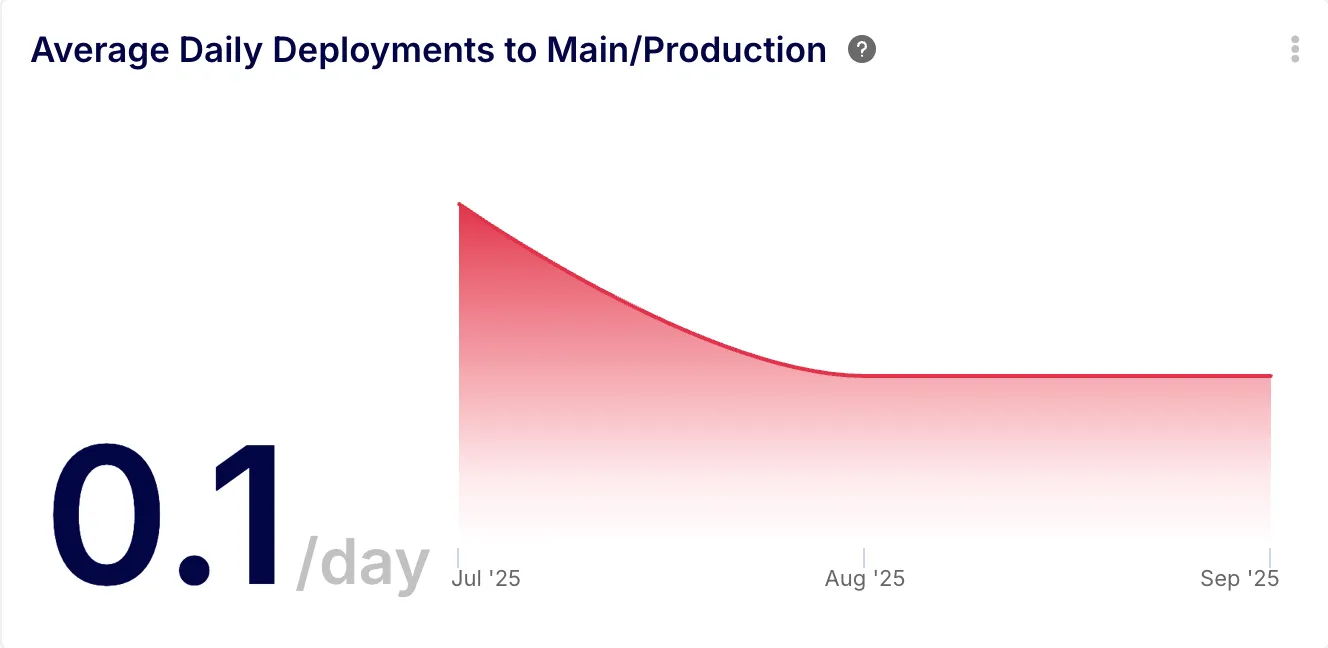
ROUND((COUNT_IF(CONTAINS(metatags, ['bug', 'hotfix'])) / IF_ZERO(COUNT(), 1)) * 100, 2) on the INBOX_ITEMS dataset for merged PRs.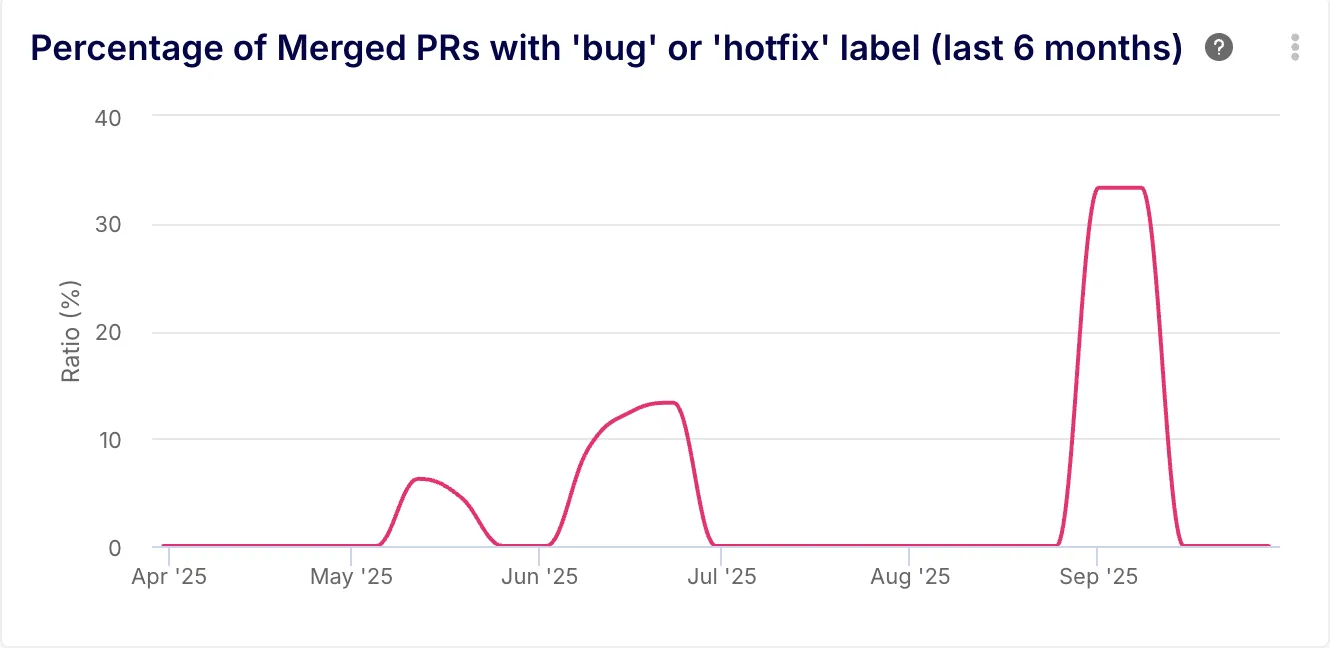
Long cycle times are a silent killer of productivity. Keypup allows you to dissect your entire workflow to find and eliminate the delays that are holding you back.
ROUND(AVG(first_review_submitted_at - LEAST(first_commit_at, created_at)) / HOUR(), 1)ROUND(AVG(review_approved_at - first_review_submitted_at) / HOUR(), 1)ROUND(AVG(merged_at - review_approved_at) / HOUR(), 1)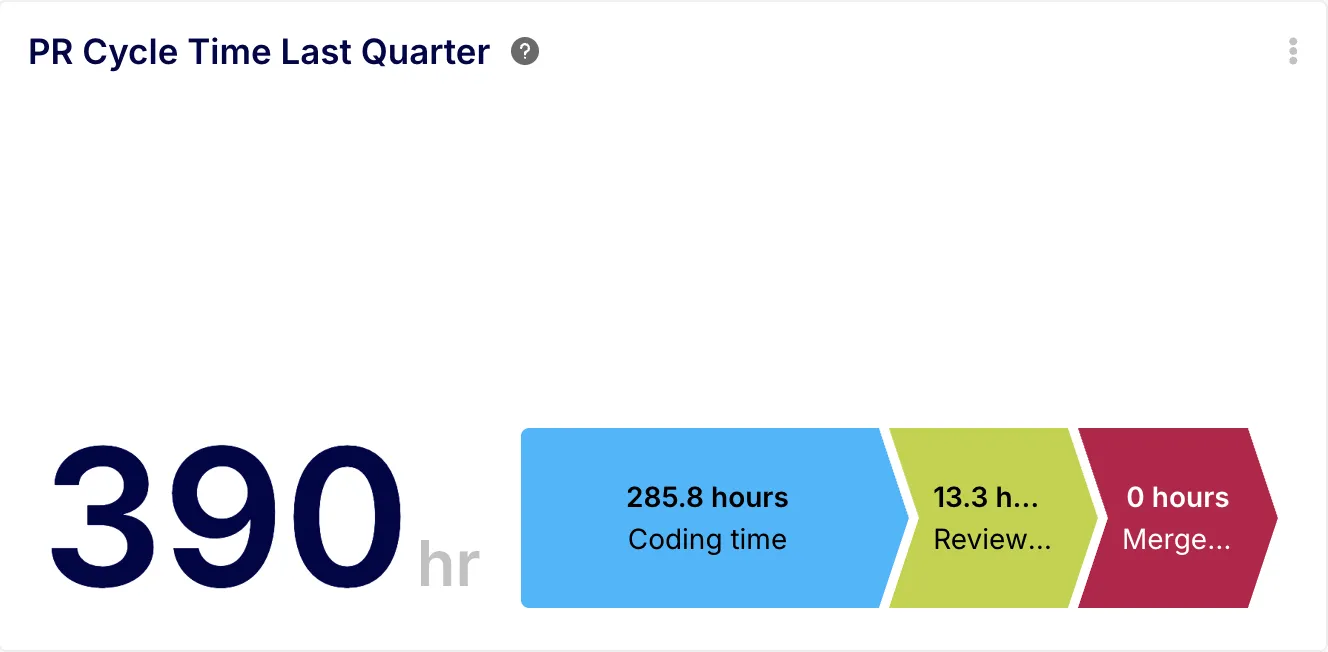
ROUND(AVG(lines_changed), 0) on the INBOX_ITEMS dataset, grouped by YEAR_WEEK(merged_at).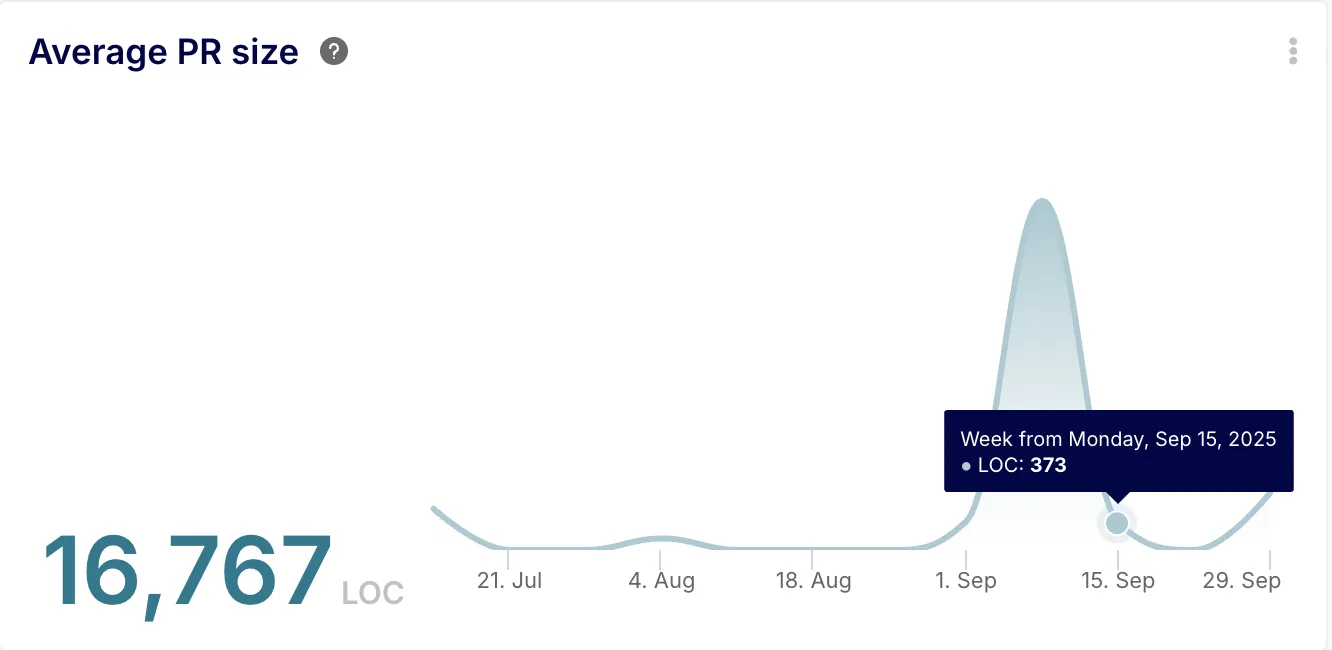
The SPACE framework provides a holistic view of developer productivity, covering Satisfaction, Performance, Activity, Communication, and Efficiency. Keypup helps you measure these often-elusive dimensions.
ROUND(COUNT_IF(author_username != parent_author_username) / IF_ZERO(COUNT_DISTINCT(parent_system_id), 1), 1)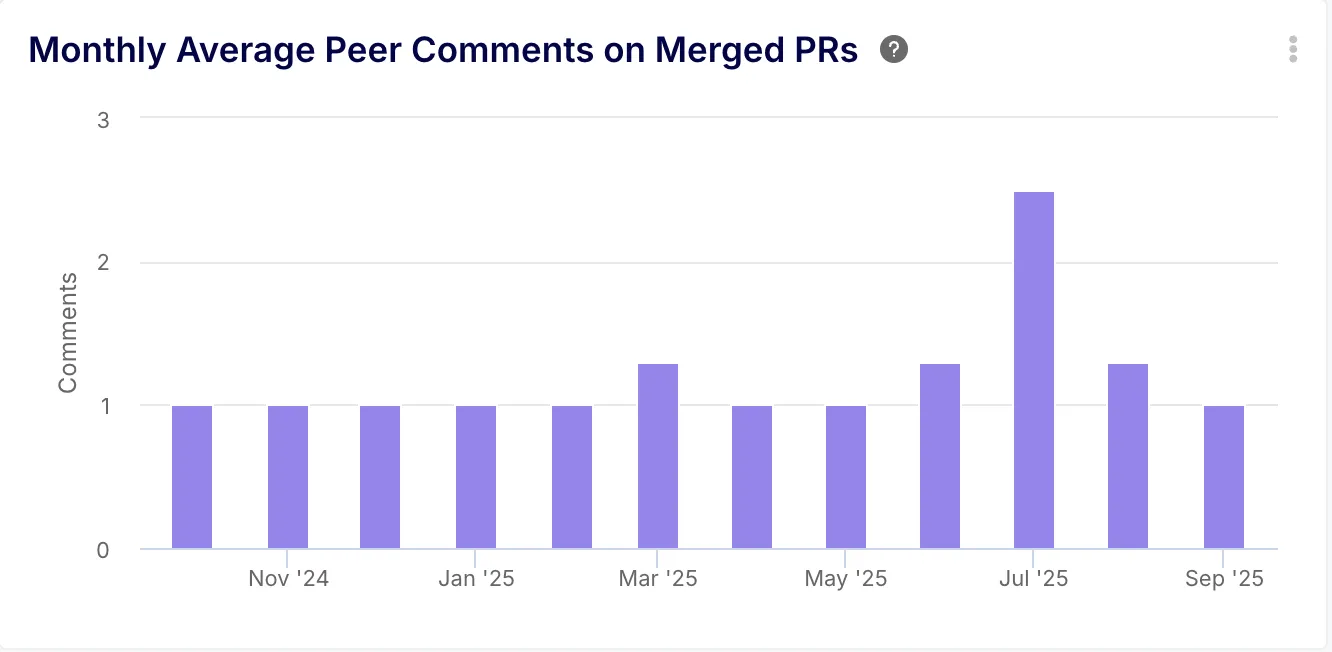
IF(CONTAINS(label_names, ["bug"]), "Bug", CONTAINS(label_names, ["feature"]), "Feature", "Chore")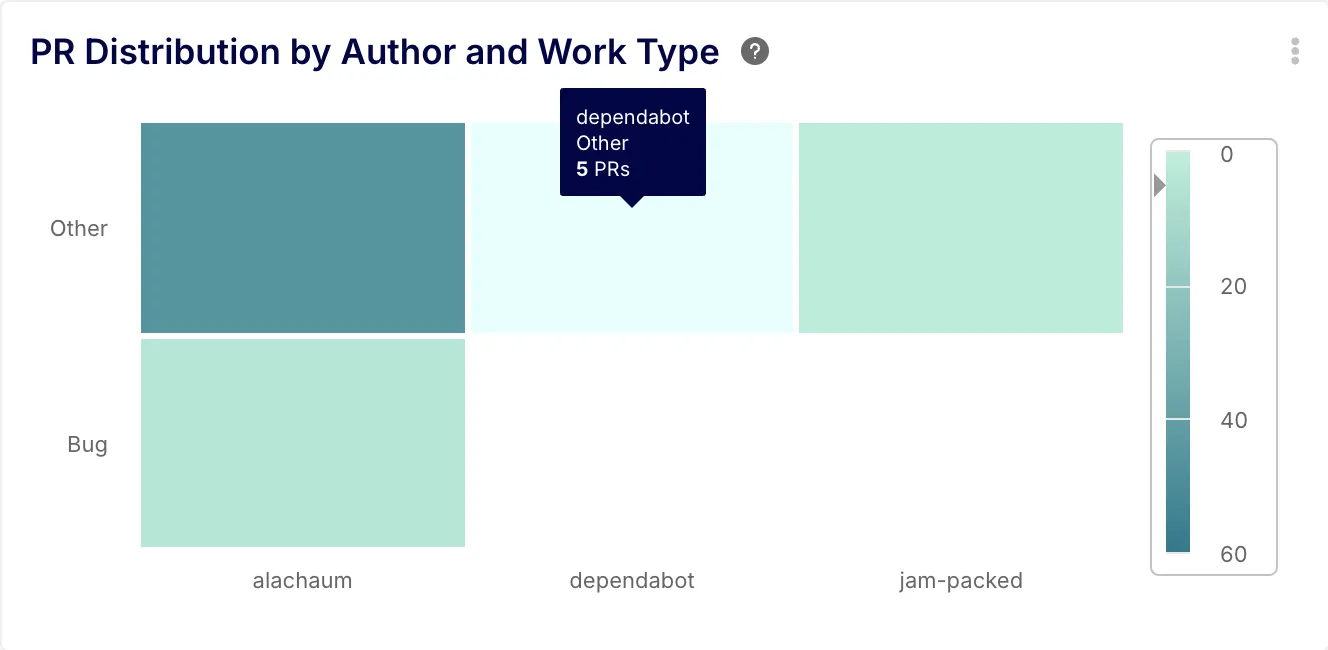

The transformative impact of applying the right software metrics in software engineering is powerfully illustrated by the success of Juntos Somos Mais, a Brazilian technology company.
The Challenge: With a remote-first engineering department of over 50 people, Head of Engineering Murilo Oliveira was struggling to factually assess team performance. Management was relying on "gut-feels" and laborious, manual data collection in Excel. They knew they needed to reduce cycle times and increase productivity but lacked the clear, data-driven insights to identify where to focus their efforts.
The Solution: Murilo's team implemented Keypup to get a unified and automated view of their development process. The platform was fully operational in just two weeks, with Keypup's support team helping them build custom dashboards tailored to their specific needs.
The Results: The impact was immediate and profound. By using Keypup's analytics to identify and address their bottlenecks, Juntos Somos Mais achieved a 45% increase in year-over-year productivity. They transitioned from subjective management to making confident decisions based on hard data.
As Murilo Oliveira stated in his testimonial:
"We increased our YoY productivity by 45% and Keypup helped us identify our pain points and change the game faster. Their support is the best – they helped us understand which metrics would suit our needs, built dashboards for us, and explained them in detail to us. With Keypup I can now say that we really manage our Engineering teams."
The success of Juntos Somos Mais shows that with the right tools and focus, any organization can achieve dramatic improvements. Here are a few principles for building your own data-driven culture:
The field of software metrics in software engineering has matured far beyond simple code analysis. The most effective engineering leaders today are those who can analyze and optimize their entire development process. By unifying data from across the toolchain, platforms like Keypup provide the clarity needed to identify bottlenecks, accelerate delivery, and build a sustainable, high-performance engineering culture. It’s time to stop managing with gut-feel and start leading with data-driven confidence.